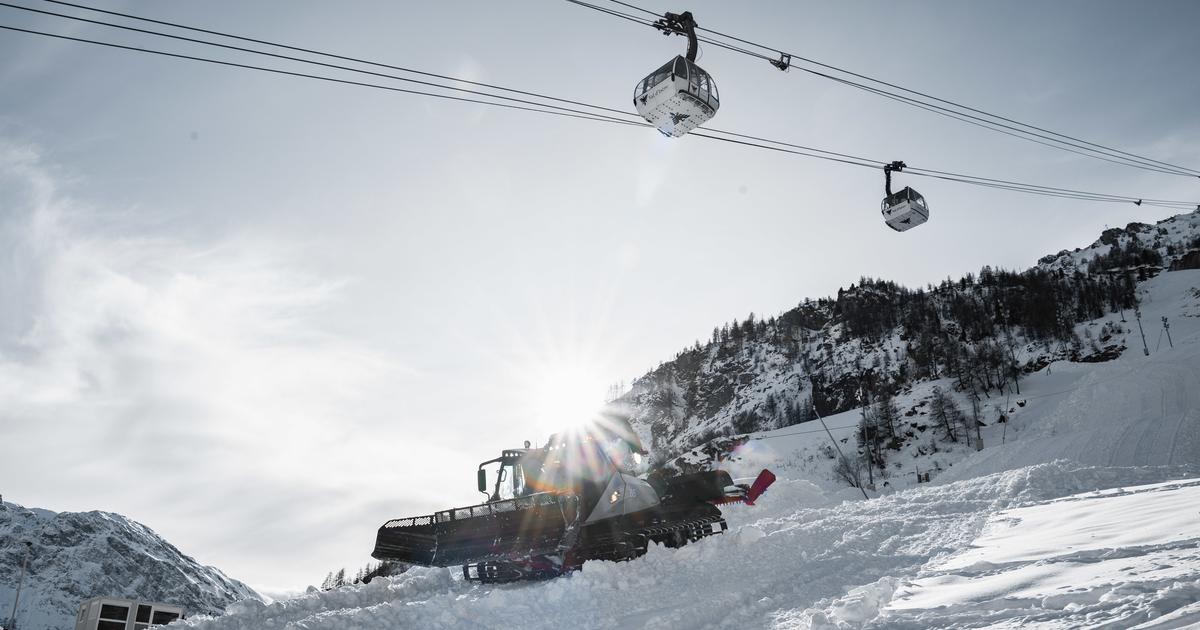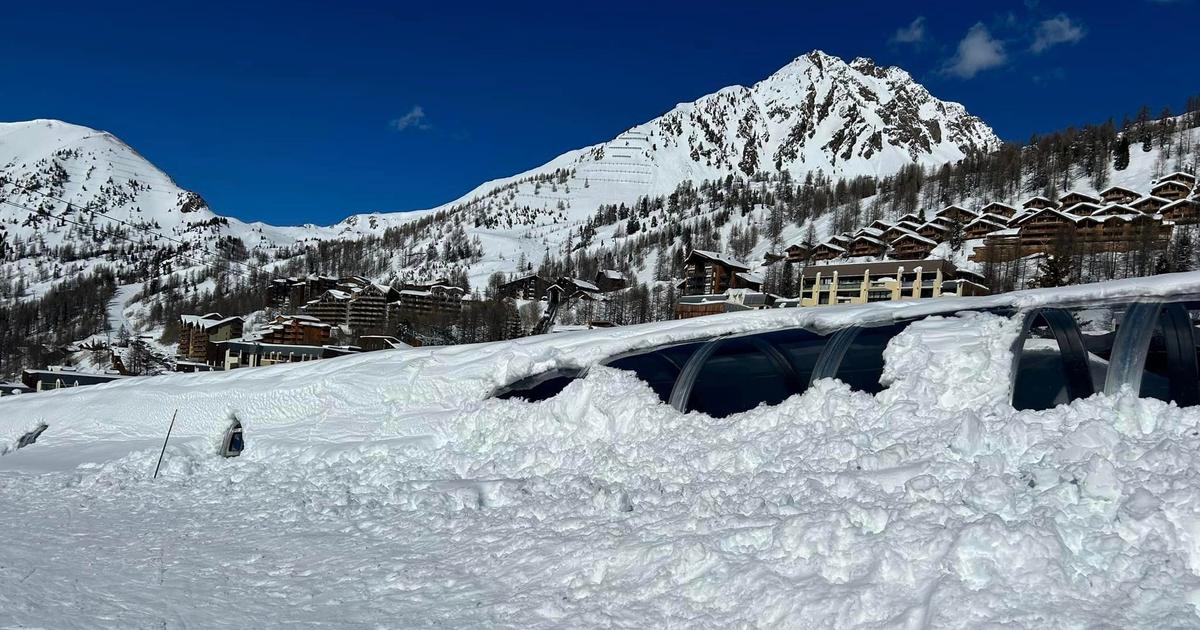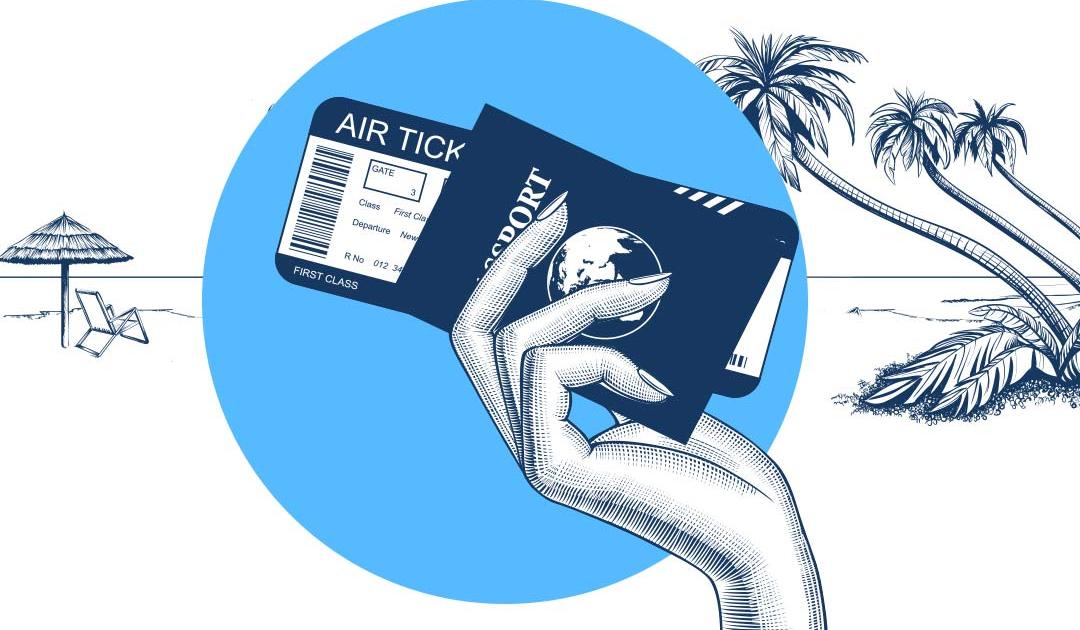This season, Val d'Isère expected two types of snowflakes.
The snow, of course, which the Savoyard area has received in large quantities in recent days, after the end-of-year and early 2023 famine. But also the green flake, which it now displays.
This labeling approach rewards and encourages the transition towards sustainable tourism development in the mountains.
Among its initiatives in this field, one is particularly highlighted this winter: the fleet of groomers and public transport of the ski resort perched at an altitude of 1,850 meters sees the landing of the HVO (for "hydrotreated vegetable oil “), a biofuel, as well as several electric motors.
The goal ?
Include transport in the "
global
virtuous approach
of the resort, says Fabien Hacquard, deputy mayor in charge of sustainable development.
To discover
Stays in France: weekends, hotels and tailor-made stays from our partners
In detail, the snow groomers used on the 163 tracks completely substitute HVO for fossil fuels.
And these are not the only ones: thirteen of the fifteen Valbus buses, the free public transport network, now also run on HVO.
The two remaining shuttles switch to electric motors.
All this, since the start of the season.
HVO is a biofuel made from vegetable oils or reprocessed waste.
It would emit 0.543kg of CO2 for each liter consumed, according to Ademe.
This change was driven by two actors: the Compagnie des Alpes, which operates the area, and the town hall of Val d'Isère.
“
Respecting our privileged and, by nature, fragile environment is close to our hearts
,” explains Fabien Hacquard.
Besides the ski resort, Val d'Isère is a village inhabited all year round.
We want to continue to live there in the best possible conditions.
»
By 2025, Val d'Isère hopes to have converted its entire bus fleet to electric.
Here one of the two vehicles put into service this year.
Anne Cantu
A Green Snowflake for Val d'Isère
The Flocon Vert, awarded by the Mountain Riders association last November to the alpine resort, testifies to this attention paid to the environment.
This label rewards mountain territories engaged in a more sustainable tourist practice: "
Governance and joint construction of the vision of the territory, promotion of local production in the tourist strategy, development of inhabitants and visitors and, finally, management sustainable resources are the four main axes of our specifications
”, explains Yann Lamaison, of Mountain Riders.
Criteria that Val d'Isère therefore meets.
And for good reason: the passage to the HVO is not his only (nor his first) virtuous measure.
Encouragement to use soft mobility (with its Valbus free shuttle system), support from the town hall for associations committed to a sustainable approach (like Vie Val d'Is, which aims to improve the working conditions of employees of the station and which has a branch dedicated to local environmental actions) … Val d'Isère has, for several years, emphasized the practice of winter sports that is more respectful of the environment.
What about the future?
The resort, which hosts the Critérium de la première neige each year, hopes to have made all of its buses electric vehicles by 2025.
Read alsoVal-d'Isère: everything for skiing... Or almost!
For Claire-Anne Bourgois, engineer specializing in the issue of climate change in the mountains, if "
everything that goes in the direction of reducing greenhouse gases is good to take, we must not lose sight of the real issues.
.
And for good reason: in its sector guide from last year (downloadable here), ADEME emphasizes that the share of greenhouse gases attributable to the community (including snow groomers and intra-station transport) during a stay skiing is minimal.
This is indeed accounted for in the 17% of total greenhouse gases produced by the infrastructure and services of the community in connection with tourist activities.
Read alsoSki: the closest stations to Paris by train
The “
real issues
” are therefore, for Claire-Anne Bourgois, the transport of tourists from their homes to the resort.
This transport represents 52% of the greenhouse gas emissions of a ski holiday.
A category that "
does not come under the station
", notes the researcher.
And to add: “
The important thing is to be based on figures, to quantify which emissions are attributable to which areas and activities
” and to start from this observation to create a virtuous strategy.
In this sense, the carbon footprint approach that Val d'Isère is currently undertaking is a step in the right direction.








